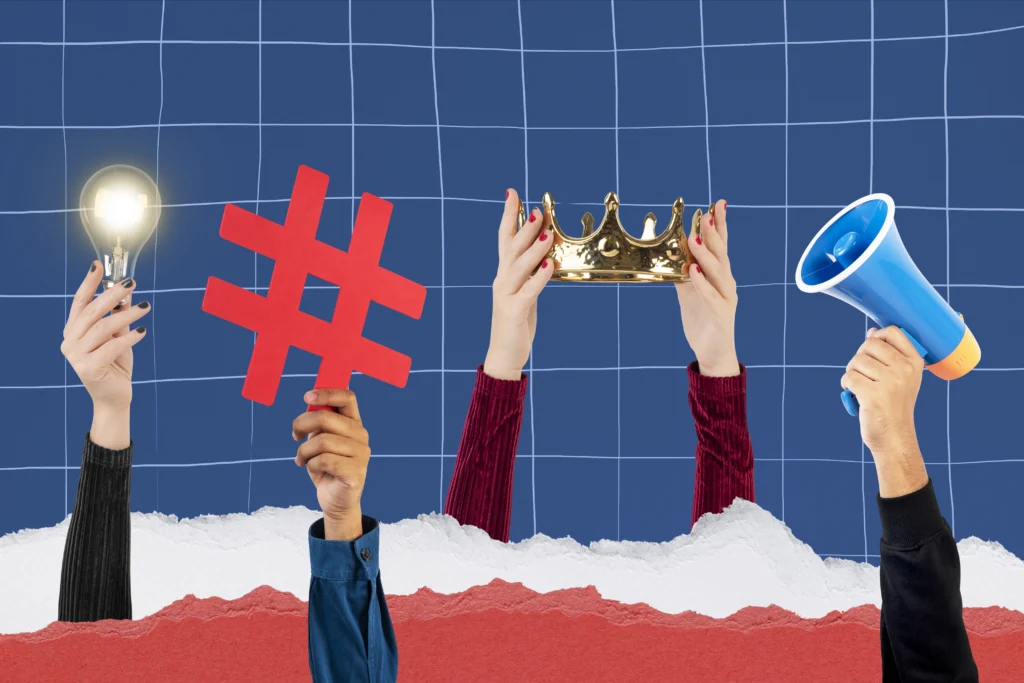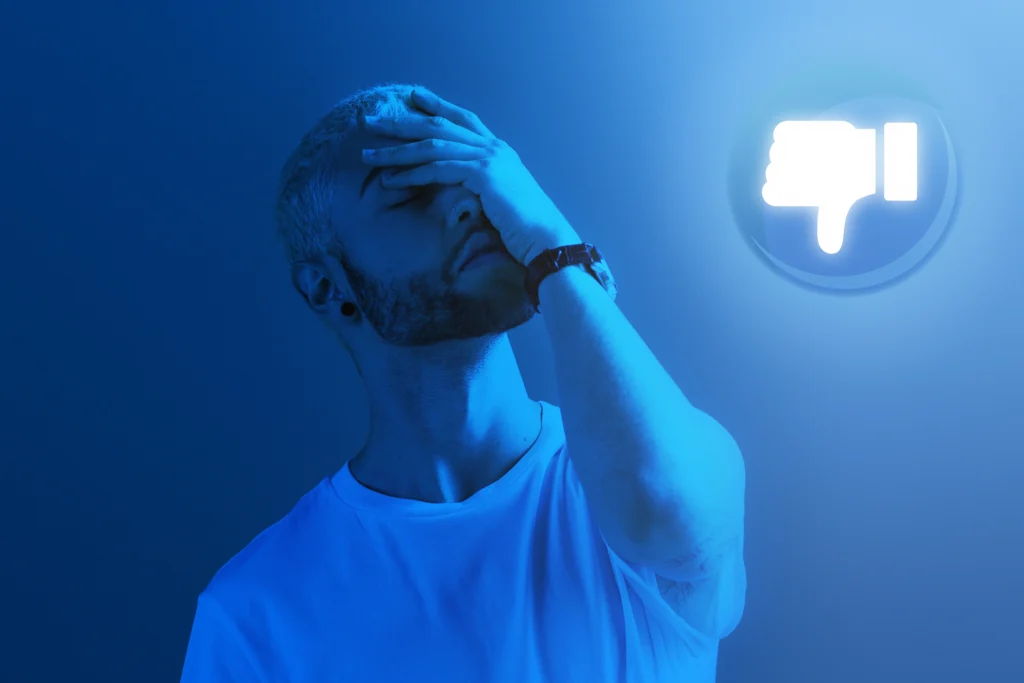In a digital era where technology evolves faster than legislation, the misuse of AI tools and social media has created a new kind of threat: deepfake pornography and the widespread distribution of non-consensual intimate images (NCII). On May 17, 2025, former President Donald Trump signed into law the Take It Down Act, a bipartisan bill aimed at protecting victims—especially minors and women—from this growing danger.
This new law represents one of the most aggressive and far-reaching attempts to combat digital abuse and exploitation. It empowers victims, enforces accountability on tech platforms, and criminalizes the spread of deepfakes and revenge porn.
Let’s break down what this law means, how it works, and what kind of impact we can expect in the months and years ahead.

What Is the Take It Down Act?
The Take It Down Act is a U.S. federal law designed to combat the non-consensual sharing of intimate images—whether real or computer-generated. The act was introduced in response to a disturbing rise in online sexual exploitation, much of it involving AI-generated deepfake content, explicit images of minors, or content shared without the consent of the individuals involved.
Key provisions of the law include:
- Criminal penalties for individuals who distribute NCII, with sentences of up to three years in prison.
- Civil recourse for victims, who can sue for damages.
- Mandatory takedown procedures for tech companies, who must respond to verified requests and remove content within 48 hours.
- Special protections for minors, whose images may be misused in increasingly sophisticated AI-generated content.
The act was passed with overwhelming bipartisan support, passing the House with a 409–2 vote and clearing the Senate unanimously.

The Growing Threat of Deepfakes and AI-Generated Content
Deepfake technology allows users to create hyper-realistic videos and images that replace one person’s face with another’s—often for malicious purposes. Originally developed for entertainment and harmless parody, this technology is now used to produce non-consensual pornographic content with frightening realism.
These synthetic media are often impossible to distinguish from real photos and videos. Victims, including children and public figures, have discovered their likenesses used in explicit material they never created or consented to. Some have even experienced harassment, extortion, or psychological trauma after such content circulated online.
This problem has grown worse with the rise of generative AI tools that are widely available, often free, and extremely powerful. Many victims don’t even know their images are being used until it’s too late.
The Take It Down Act confronts this threat directly by making the creation and distribution of deepfake porn a criminal act, regardless of whether the content is technically “real.”
How the Law Holds Tech Companies Accountable
For years, tech companies have faced criticism for not doing enough to prevent harmful content from spreading on their platforms. The Take It Down Act imposes new legal obligations on these platforms, requiring them to act swiftly when flagged content is reported.
Here’s what the law demands of tech companies:
- Takedown Compliance: Companies must remove flagged NCII or deepfake content within 48 hours of receiving a valid complaint.
- Re-upload Prevention: Platforms must take steps to ensure the same content isn’t re-uploaded elsewhere on the site.
- Reporting Tools: Victims must be provided with accessible reporting options and updates on their request status.
- Transparency and Enforcement: Platforms may be fined or held liable if they fail to comply with takedown obligations.
This shifts part of the burden from the victim to the platform, compelling social media giants and websites to be more proactive in content moderation and user safety.

Praise, Criticism, and Future Implications
The Take It Down Act has been met with strong support from child safety advocates, women’s rights groups, and victims of digital abuse. Many believe the law fills a critical legal gap, finally giving victims a voice and a clear path to justice.
Melania Trump, who has long championed child safety and anti-bullying initiatives under her “Be Best” campaign, played a visible role in advocating for the bill. Her involvement helped frame the law as a moral issue, not just a legal one.
However, not everyone is fully on board. Some digital rights organizations and tech privacy experts have voiced concerns, including:
- Overreach and Free Speech: Some fear the law’s broad language could lead to over-censorship or mislabeling of legitimate content as harmful.
- Privacy Trade-offs: Requiring content moderation and image-matching tools could threaten end-to-end encryption or private messaging platforms.
- Implementation Hurdles: Smaller platforms may struggle to comply with the technical demands of content takedown systems and image tracking.
Despite these critiques, the general consensus is that the law is a much-needed and timely response to an urgent digital crisis.
Conclusion: A Turning Point for Online Safety
The Take It Down Act is more than just a bill—it’s a powerful signal that the U.S. government is taking online exploitation seriously. It recognizes that in the age of AI and viral media, new laws are needed to protect people’s dignity, privacy, and mental health.
As AI tools continue to advance and online platforms evolve, the success of this law will depend on effective enforcement, public education, and responsible tech innovation. But one thing is clear: victims now have a stronger voice and better legal protection than ever before.
This legislation marks a turning point—one that hopefully sets the standard for other nations as they confront the darker side of our digital future.
Table of Contents
Alexander Zverev: Eyeing Redemption and Glory in the 2025 Tennis Season – trendsfocus
President Trump signs Take It Down Act, addressing nonconsensual deepfakes. What is it?